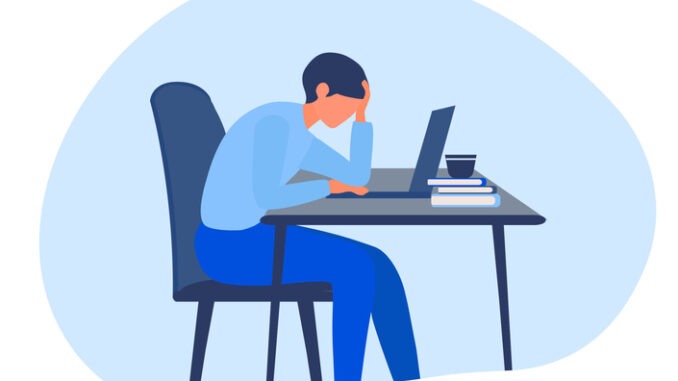
Stress presents itself in many forms – Katerina Georgiou explains how to spot and address it
CREDIT: This is an edited version of an article that originally appeared on happiful
The response when faced with danger, preparing you for action, is made up of five ‘fs’: fight, flight, freeze, flop and fawn. How can you identify and address each ‘f’?
Fight – in fight mode, you’re tackling things head-on. Be aware of what’s happening in your body, and remember to take a breath. It will be important for you to take time out after a period of stress to let your body settle and recover.
Flight – problems don’t feel like challenges to be tackled, but obstacles to be avoided. You might be very aware of the exit signs in an enclosed space and may even figure out your escape routes in advance. If your pattern is to flee, place your feet on the ground and breathe deeply and slowly. Stick with your discomfort and allow it to pass – this will give you time to explore your options.
Freeze – in this state it’s difficult to make any decisions, and sometimes you can’t ask for help because you don’t know what to ask for. It can also feel like all your senses are blocked, and all your energy is locked inside your body with no way out. If this happens to you, let the blankness in for a while; let it be and don’t try to change it. Paradoxically, this will make it pass.
Flop – you might faint, feel dizzy, or disassociate – disconnecting from your thoughts, feelings, or sense of self to cope with the stress. This can be short-lived or last a long time. If you know you’re liable to black out or faint, try letting people know in advance so they’re aware to look out for you.
Fawn – this describes moving closer to the threat that’s causing you stress. Sometimes this can serve you well; other times, you may enter into scenarios you’d rather not be in – for example, making you bite off more than you can chew at work, or you befriend somebody you intuitively feel uncomfortable around out of fear of displeasing them.
We aren’t always in control of how our stress, and responses to threats, show up but understanding that it’s your body’s innate way of keeping you safe will help you cope with it better.


Be the first to comment